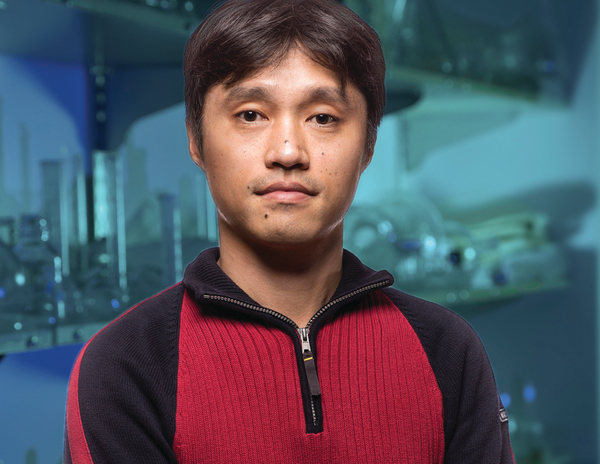Cell type-specific molecular and epigenetic impacts of stress on aminergic neurons
Biogenic amines, such as serotonin, dopamine, and norepinephrine, are key regulators of stress responses. As such, many drugs classified as antidepressants target proteins that regulate biogenic amine availability in the brain. These drugs spread the whole brain and therefore affect the given aminergic system globally. Importantly, biogenic amines are involved in a wide array of human behaviors and emotions. For example, dopamine modulates impulsiveness, anxiety, feelings of reward and punishment, as well as the execution of skilled motor patterns. Studies in animal models suggest that each of these diverse functions may be mediated by a distinct subclass of dopaminergic neurons. This creates challenges concerning treatment specificity and effectiveness. Our central hypothesis is that aminergic neurons are heterogeneous, and specific neuronal subtype is dedicated to a distinct neural function, including the control of stress responses. Thus, therapeutic interventions of stress disorders should instead target subtypes of aminergic neurons that mediate relevant functions. However, it remains challenging to elucidate how many different subtypes exist in the human or mouse brain, and what the behavioral function of each subtype is. To obtain insight into these fundamental questions, we will comprehensively catalogue aminergic neuronal cell types (based on molecular and functional differences) in the brain of the genetically tractable common fruit fly, Drosophila melanogaster. The brain of Drosophila is simple enough to characterize neuronal identity at single cell level, but functions of biogenic amines are well conserved between mammals. We will then subject Drosophila to a number of stressors known to modulate aggressive behavior, and characterize the impact on gene expression and epigenetic profiles in genetically defined aminergic neuronal subtypes. Finally, we will determine the extent to which these modified genes are necessary for stress-induced behavior change. Our approach employs single cell RNA deep sequencing and single cell epigenetic monitoring to reveal stress-induced changes in gene expression. Results from this study will uncover evolutionarily conserved molecular machineries that mediate stress responses at the organismal level. Some of these molecular components may serve as useful targets for developing pharmacological agents that relieve stress with minimal side effects. Moreover, this project will illuminate fundamental principles of aminergic neuromodulation, and provide an intellectual platform for studying other behaviors that are controlled by biogenic amines.
Grant Recipients

Kenta Asahina, PhD
Dr. Kenta Asahina, the Helen McLoraine Developmental Chair in Neurobiology, is an assistant professor in the Molecular Neurobiology Laboratory at the Salk Institute. His laboratory is interested in understanding the neural mechanism of behavior control. Kenta received B.S. in Zoology from the University of Tokyo, and Ph.D. in Neurobiology from The Rockefeller University. His Ph.D. thesis elucidated a neuronal mechanism of intensity-invariant chemotaxis behavior. He received his postdoctoral training at California Institute of Technology, where he uncovered neuronal and genetic elements controlling antagonistic behavior. From 2011 to 2013, he was a fellow of the Japan Society for the Promotion of Science Research Overseas.
Research in Dr. Asahina’s lab at the Salk Institute strives to elucidate the neural circuits that control various aspects of social interactions, to characterize what excites, inhibits and modulates the circuits, and to understand how each neural component contributes to mediate interactions among individuals. To fully understand circuit operation, it is necessary to uncover molecular events within and between neurons comprising the circuit. The knowledge of such molecular events not only illuminates fundamental principles of the nervous system function, but also is indispensable to develop an effective, specific and long-lasting pharmaceutical and clinical solution for neural disorders, including behavioral and psychiatric disorders. Dr. Asahina’s laboratory uses Drosophila melanogaster(common fruit fly) as a genetic model to understand the molecular and genetic basis of neural circuit operations, especially on
the circuits controlling social interactions. In particular, competitive interaction of animals provides a rich model for decision making, sensory integration and experience-dependent behavior plasticity, and is a major research interest of the Asahina laboratory.
